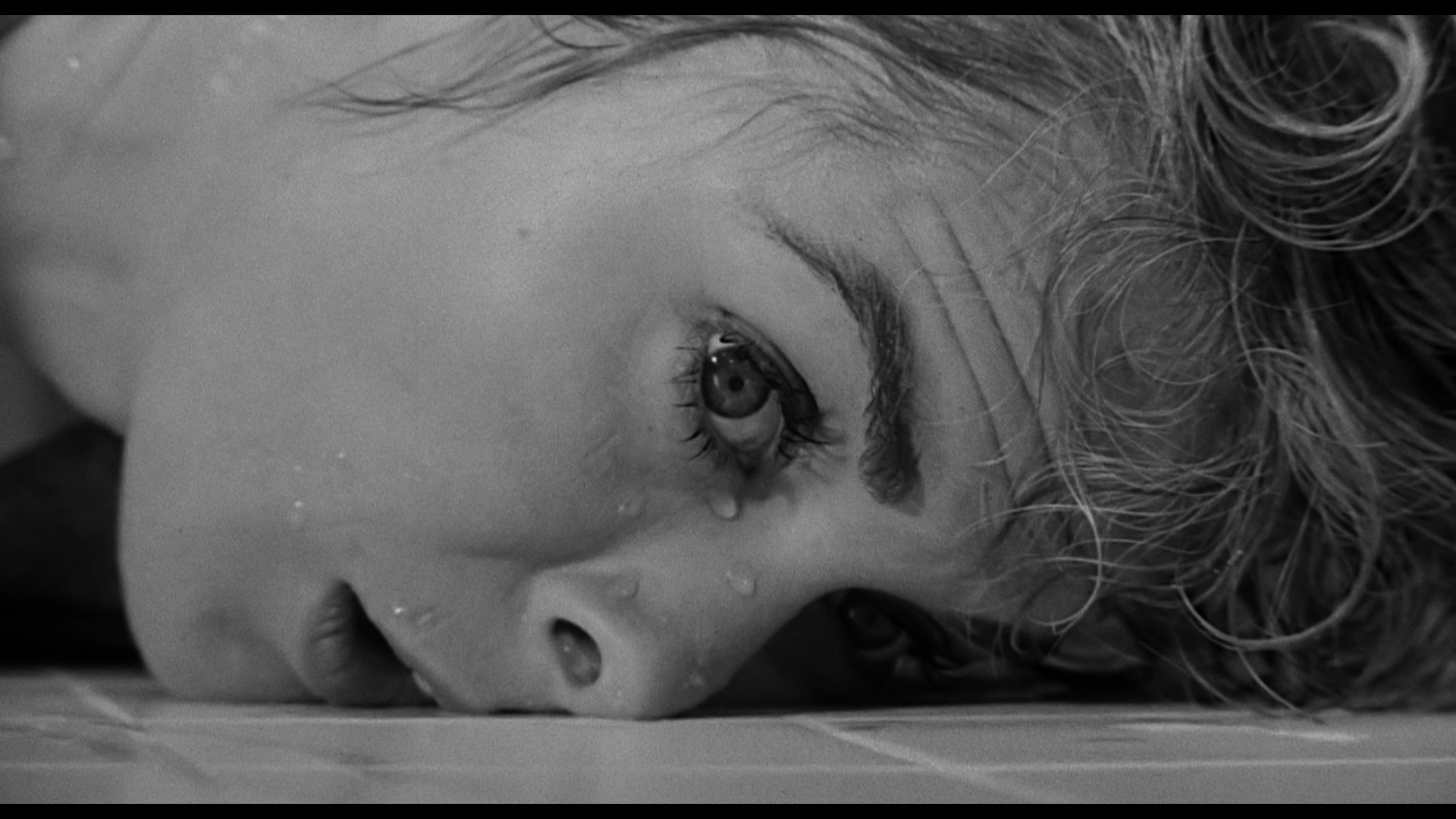The close up has been a powerful device in horror films for nearly a century now. The close-up shot is used in horror to create atmosphere and increase the audience’s fear by zooming in on facial expressions of the characters at hand. Conversely, close-ups are an equally effective tool used to emote objects, from Freddy Krueger’s blades in Nightmare on Elm Street to Abigal’s doll face in The Conjuring. The technique can identify an object or body part in a forest to hint at a clue to a bigger mystery. By holding on the close-up, jump scares are also used to bring about a moment of terror for the audience by centering the jump up close in frame. Although the scope isn’t as wide an establishing shot, there is tremendous amount of versatility and direction that can be gathered from the close-up. Here are a couple of horror films that do it right. (Christopher Clemente)
Nosferatu (1922)
Although by today’s standards Nosferatu might look and feel a bit amateurish, one has to realize that in 1922, cinema as a whole was in its infancy. For its time, Nosferatu pushed the limits by developing primitive special effects, including time lapse and transparent fades. Included on that list is use of camera angles, especially close-ups. Generally used for dramatic effect, Nosferatu stretched the shot’s versatility by enrapturing a primal emotion: fear. Who doesn’t know the iconic image of a pale, fangy demon, with his potent eyes staring straight back in the camera? He’s coming for the audience, and it’s something we would never forget.
Psycho (1960)
Alfred Hitchcock did not shy away from using close-ups, especially with his leading ladies like such as Janet Leigh and Tippi Hedren. Nothing, however, compares to the impactful use of close-ups in 1960’s Psycho. Most famously used in the shower scene, Hitchcock notoriously announces to the audience is that the lead actress, Janet Leigh, will die in the first act at the hands of a mysterious, shadowy female figure. Although not a drop of blood is seen, audiences still feel that Leigh’s death is one of the most gruesome scenes in cinema history, with the visceral quality of the moment communicated in large part via the power of the close-up shot. Nothing is more intense and horrific than staring at the obvious pain and fear in the protagonist’s eyes from up close.
Jaws (1975)
Like Hitchock, Steven Spielberg is a master of suspense, with Jaws highlighting the art of his craft. Waiting to reveal the shark tat terrorizes the people of Amity, the audience only gets a full view of the villain’s humongous head at the very end. Audiences didn’t need any the sequels for a horror film experience, since what they got the first time around was the purest forms of terror caused by the great white shark with its beady black eyes and bloody sharp teeth. It was no wonder that people were so scared of going to the beach after seeing this iconic blockbuster.




